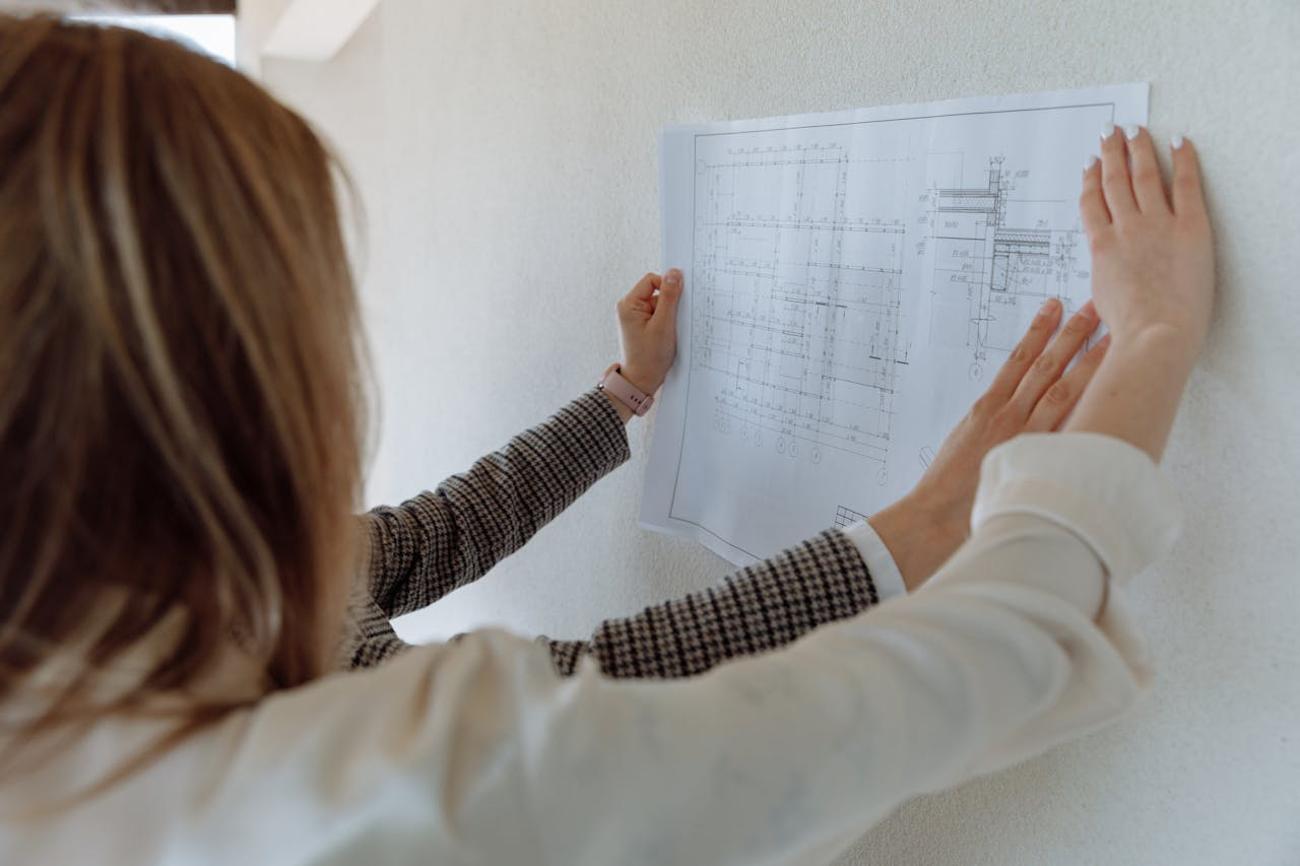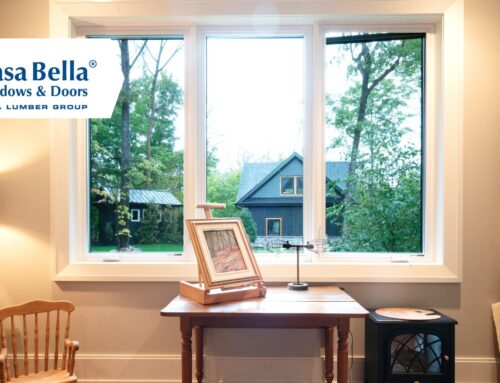Windows play a crucial role in shaping the look, feel, and energy efficiency of a home. For home builders and design professionals, creating custom windows involves a step-by-step process that goes beyond simply choosing a style or material.
Working with custom windows requires a detailed process — from the initial blueprints to the final installation. Let’s walk through the process of creating custom windows and why it’s important to collaborate closely with manufacturers like Casa Bella Windows & Doors at every step.
1. The Design Phase
All specialty windows start with a vision. Builders and designers often have specific goals in mind, whether it’s maximizing natural light, framing a particular view, or ensuring that the windows complement the home’s overall architectural style. At this stage, collaboration is essential. Manufacturers can offer insights into the possibility of certain designs, materials, and glazing options based on the project parameters.
That’s why window blueprints become the foundation for communication. They ensure that the window design matches the homeowner’s aesthetic preferences and the realities of the build. Clear and accurate measurements are taken, and decisions are made regarding frame materials and any special features.
2. Precision Engineering
Once the design is finalized, it’s time to bring the vision to life. At this stage, manufacturers rely on advanced technology to design custom windows that fit the specifications outlined in the blueprints. This process requires specific attention to detail because even the smallest error can cause significant issues during installation.
Material selection also plays a crucial role in this phase. High-quality materials, whether it’s energy-efficient glazing or the different types of glass used for windows, are essential for windows that need to stand up to the elements and provide long-term performance.
3. Quality Assurance
After the design and engineering process, the next phase is quality control. Each custom window goes through testing to ensure it meets industry standards and the project’s requirements. They’re checked for structural integrity, thermal efficiency, and that they align visually with the original design.
For builders and contractors, working with manufacturers who prioritize quality assurance means fewer headaches down the line.
4. Installation
The final phase of the process is installation, but it’s as important as any other. A perfect custom window is only effective if installed correctly.
Proper installation also affects the window’s longevity, leading to drafts, moisture issues, or compromised structural integrity.
The Benefits of Custom Windows
The custom window process may seem intricate, but the results speak for themselves. Custom windows offer a range of benefits, from enhanced energy efficiency to unique, tailored designs that elevate a home’s appearance. For home builders, contractors, and designers, the ability to create windows that perfectly suit the needs of each project is invaluable.
Whether the goal is to improve a home’s sustainability, add a modern touch to its appearance, or maximize natural light, custom windows are an investment in both function and beauty. At the end of the day, it’s all about collaboration.




